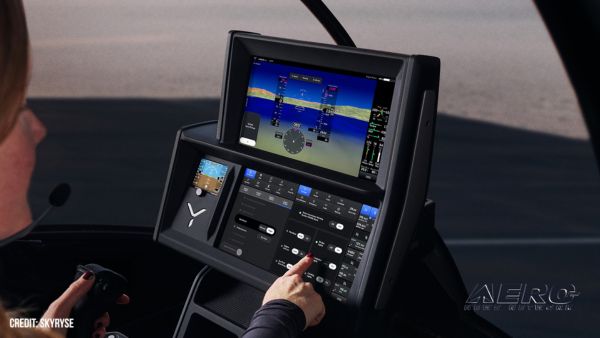Mon, Aug 20, 2012
Advertisement
More News
 Airborne 06.04.25: G100UL Legal Decision, FAA v Starship, Laser Conviction
Airborne 06.04.25: G100UL Legal Decision, FAA v Starship, Laser Conviction
Also: AV-8B Harrier For CAF Arizona, Boeing Gets ODA, Army NG Rescue, Longitude To C. America A California Superior Court judge recently ruled that GAMI’s unleaded avgas does>[...]
 ANN's Daily Aero-Term (06.09.25): Light Gun
ANN's Daily Aero-Term (06.09.25): Light Gun
Light Gun A handheld directional light signaling device which emits a brilliant narrow beam of white, green, or red light as selected by the tower controller. The color and type of>[...]
 ANN's Daily Aero-Linx (06.09.25)
ANN's Daily Aero-Linx (06.09.25)
Aero Linx: T-6A Texan II The T-6A Texan II is a single-engine, two-seat primary trainer designed to train Joint Primary Pilot Training, or JPPT, students in basic flying skills com>[...]
 NTSB Final Report: Evektor Aerotechnik EV97
NTSB Final Report: Evektor Aerotechnik EV97
At The Time Of The Accident The Wind Was 140° At 11 Knots, Gusting To 19 Knots Analysis: According to the pilot, she was on a multi-day cross-country flight in the experimental>[...]
 ANN FAQ: Submit a News Story!
ANN FAQ: Submit a News Story!
Have A Story That NEEDS To Be Featured On Aero-News? Here’s How To Submit A Story To Our Team Some of the greatest new stories ANN has ever covered have been submitted by our>[...]
blog comments powered by Disqus





